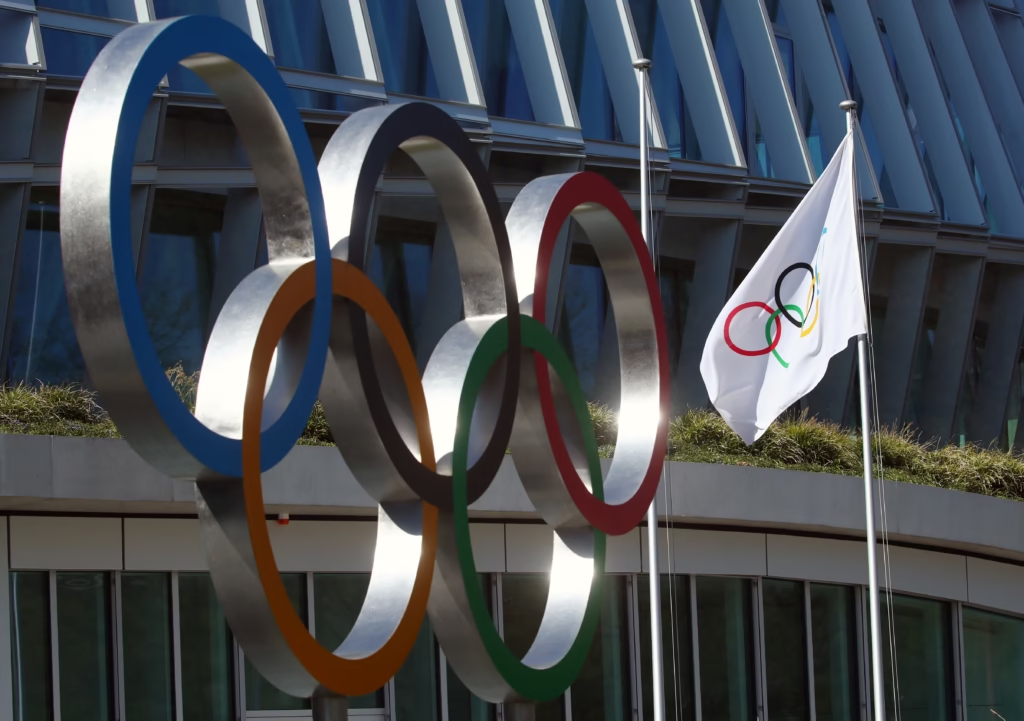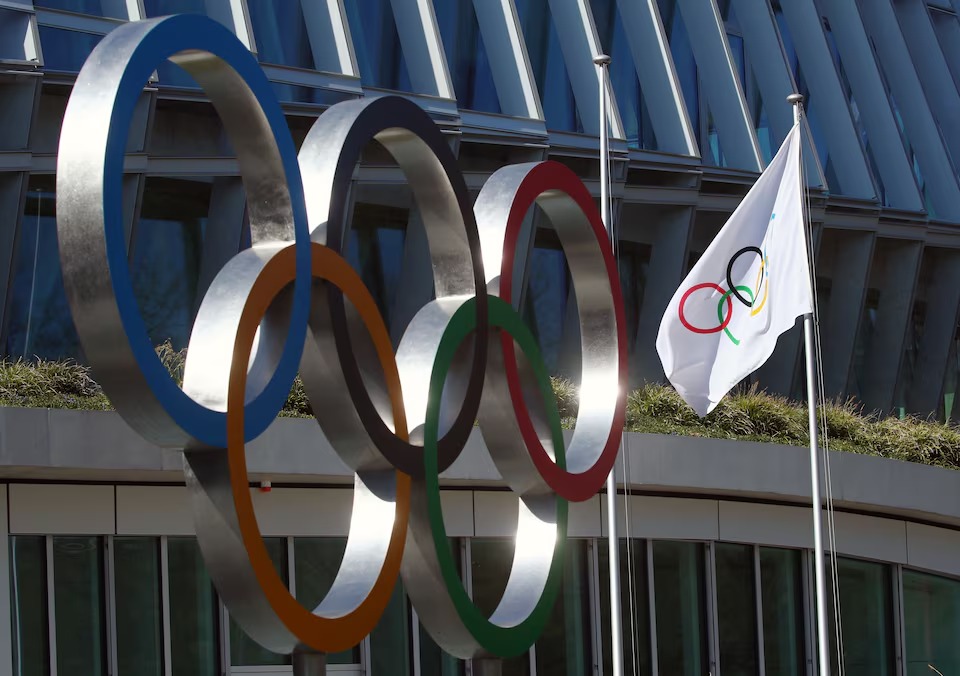
In the parched Bondeni-Jua Kali neighborhood on the outskirts of Nairobi, Kenya, residents face a critical water shortage exacerbated by drought and a lack of infrastructure.
With no piped water or sewage system, locals rely on water vending stations supplied by trucks twice a week.
The cost of clean water is a burden, with households needing about five gallons a day and weekly incomes averaging $13.
For those equipped with water filters from the Christian nonprofit organization Bucket Ministry, however, polluted rivers are becoming a viable source of clean water.
These easy-to-use filters, provided by Sawyer, are the size of a small water bottle and can transform river and swamp water into potable water. The filters have become a crucial short-term solution, especially as trucked-in water supplies often fall short of the community’s needs.
Residents without filters resort to unsafe alternatives when water vending stations run out. Joyce Ngui, a 46-year-old resident, often finds herself drawing water from a swamp for household chores since she cannot afford the salty water sold around.
Ngui emphasizes the urgent need for filters to make the dirty water suitable for drinking, citing concerns about germs and diseases.
Bucket Ministry aims to distribute 6,000 filters to households in the Athi River area, having already provided over 600 since August. The filters, designed to eliminate waterborne pathogens, are helping residents like Josephine Mutile, who previously suffered from waterborne diseases.
Data from Machakos County health ministry indicates a significant number of cases at public health clinics in the area are related to waterborne diseases, with a cholera outbreak claiming at least 10 lives.
While the local government is taking steps to clean up the Athi River, pollution upstream remains a challenge due to waste disposal in poorer areas of Nairobi. Governor Wavinya Ndeti stresses the importance of enforcing regulations to limit industrial pollution into the river.
The Athi River region has historically faced water scarcity, worsened by climate change and consecutive La Niña weather phenomena.
Environmentalists like Namenya Naburi emphasize that water filters, while beneficial, are temporary measures, calling for a comprehensive approach involving government and stakeholders to conserve water sources and address the long-term impact of climate change.




